Getting Started
Webhooks are a powerful way to integrate your applications and services with Riipen, allowing you to receive real-time updates whenever specific events occur on your site. By setting up webhooks, you can automate workflows, trigger external processes, and synchronize data across different platforms without any manual intervention.
Events
When an event occurs, Riipen will send a POST request to a specified URL.
The webhook body will be a JSON resource object that relates to the event. The request headers will include:
Content-Typeset toapplication/jsonAcceptsset toapplication/jsonX-Riipen-Signaturecontaining the request signature (see below)User-Agentset toRiipen/1.0 (+https://docs.riipen.com)
Below is an example of webhook event data.
{
"id": "123ABC",
"type": "project.created",
"created_at": "2024-01-01T14:05:56+00:00",
"data": {
"object": {}
}
}The properties for the event are:
id string
The ID for the event.
type string
The type of the event.
created_at string
The timestampce of when the event occured.
data object
The data payload related to the object for the event. This will always contain a object key that contains the object. For updated events, this object will also incluide a previous_attributes key that contains an object of keys that were updated paired with their previous values.to
Response
Your service should return a response status code of >= 200 and <= 299 to show that the webhook was successfully captured. If the response status is anything else, the webhook will be retried.
Updated 10 months ago
